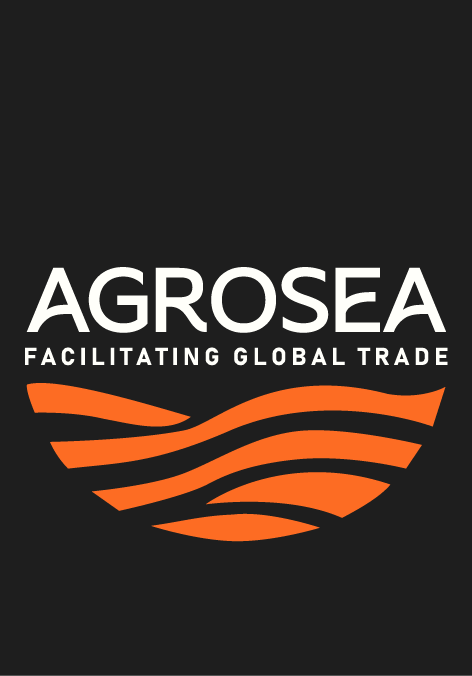As COVID-19 rattled the world economy in 2020 and disrupted trade flows, agricultural trade remained mostly stable, falling only 2.0 percent during the initial wave of infections and lockdowns, before bouncing back. Global trade in food and agricultural products outperformed the World Trade Organization’s initial projections, growing 3.5 percent in 2020. The lower-than-expected impact of the pandemic on global agricultural trade is related to several factors including a low-income elasticity of food demand, shipping channels that do not require substantial human interaction (i.e., bulk commodities), and the essential nature of the industry that many governments declared. The WTO described agricultural trade during the COVID-19 pandemic as a “story of resilience” and one of the few “bright spots” in the global economy according to the U.S. Department of Agriculture.
According to an Asian Development Bank Institute paper, adequate and reliable trade finance creates exports opportunities: “It enables firms which would otherwise be considered too risky, to link into expanding global value chains and thus contribute to employment and productivity growth”.
The ADB estimates that the trade finance funding gap has reached $2.5 trillion. It lists the lack of trade finance as one of the major factors that hinders small and medium sized enterprises, affecting the possibility of linking or moving up the value chain and become more competitive.
This is where Agrosea steps in by providing Asset Based Structured Trade Finance solutions to exporters enabling them to expand their trade activities

